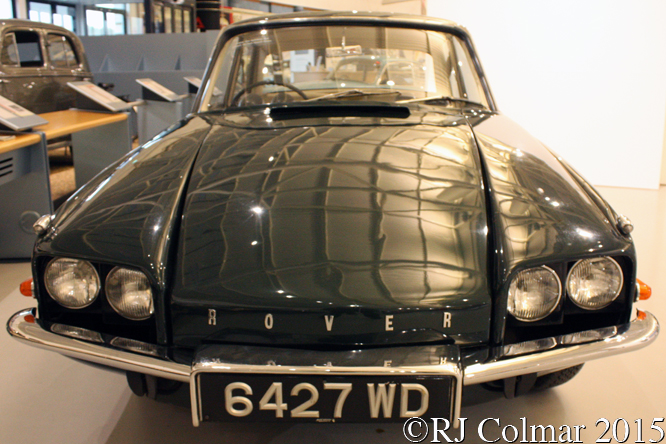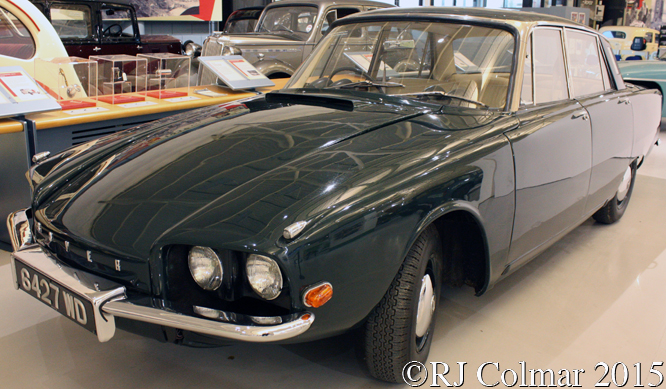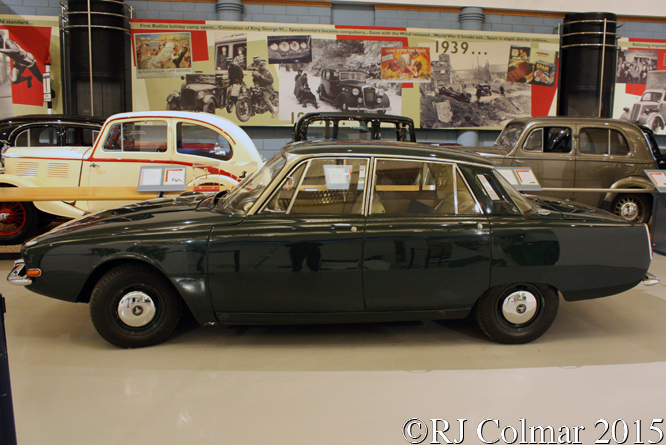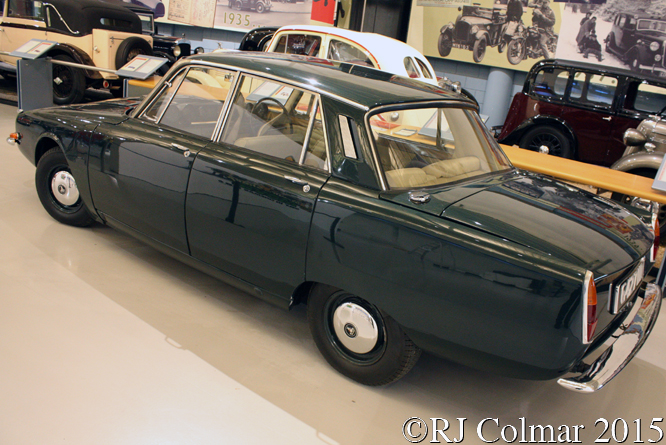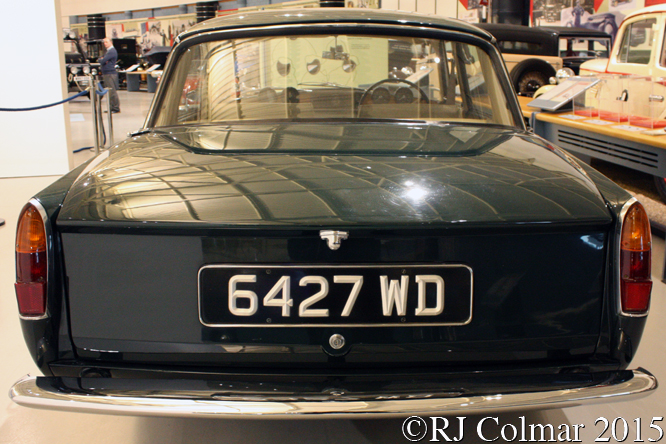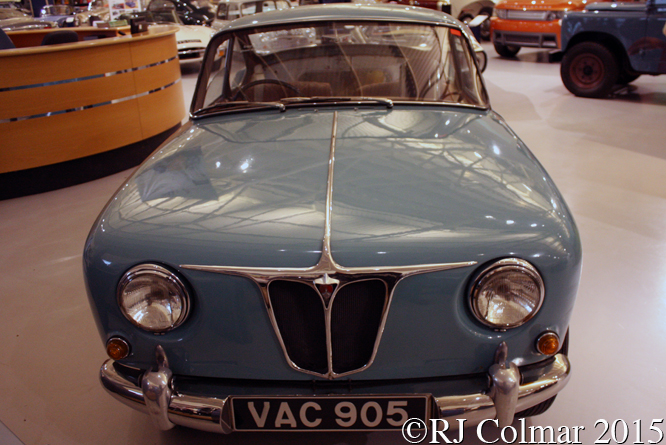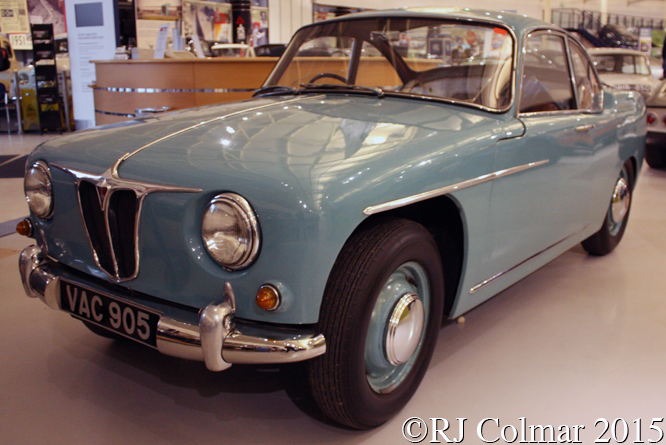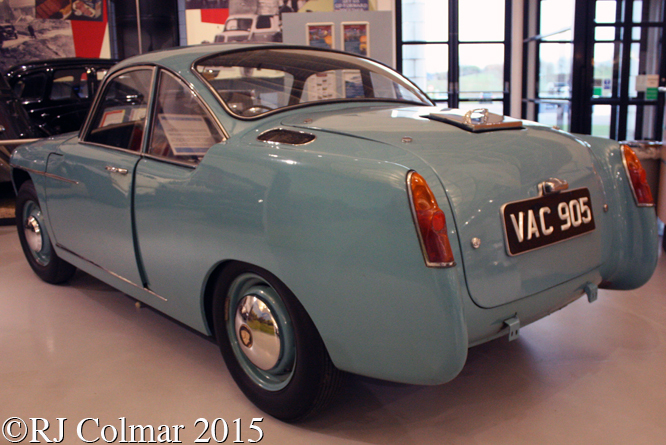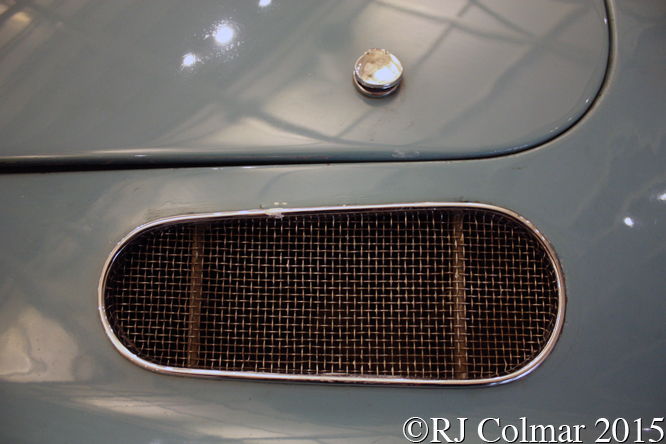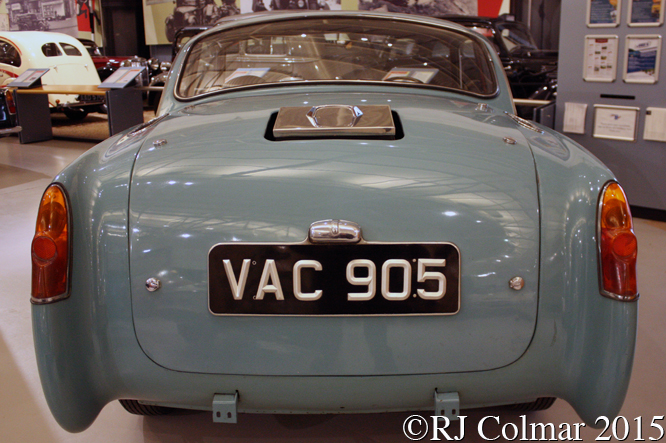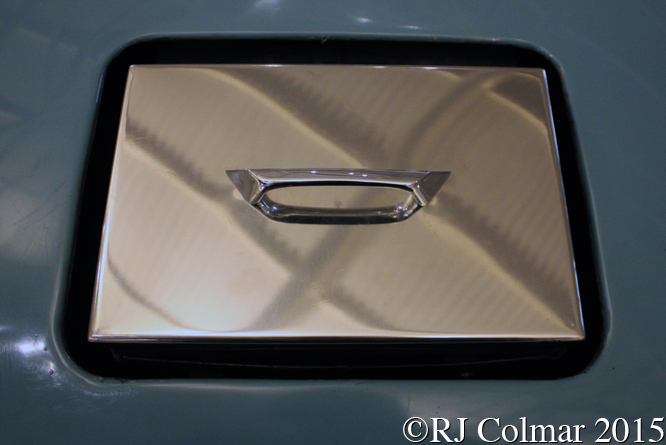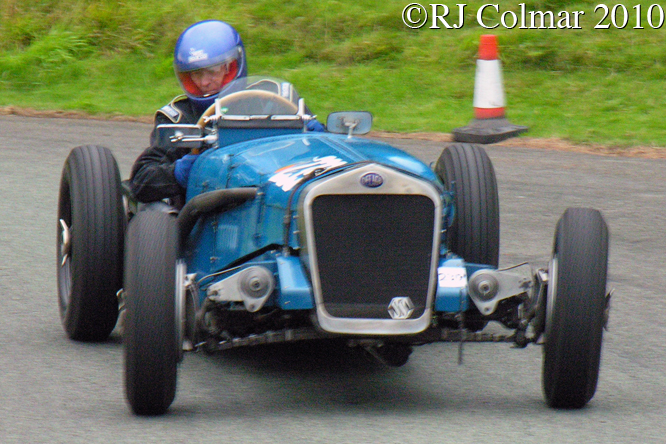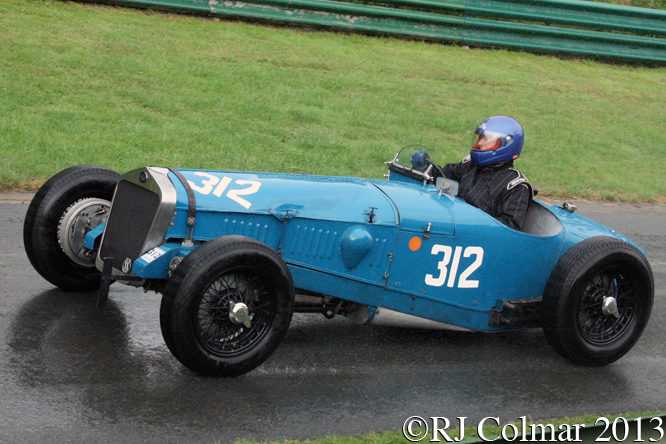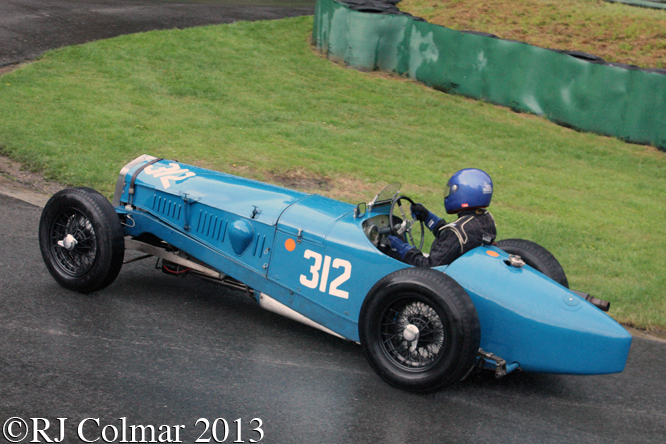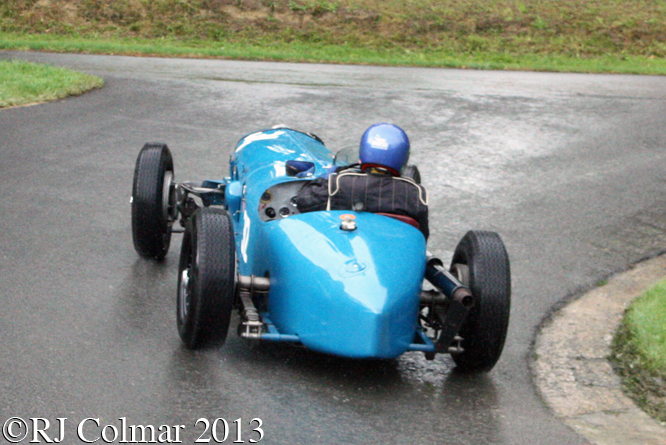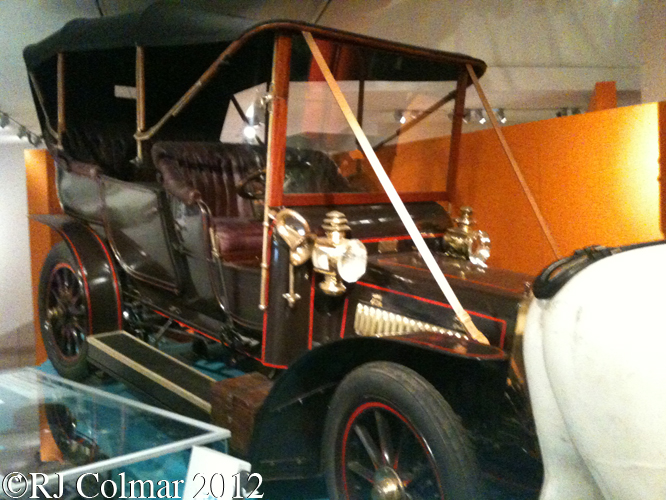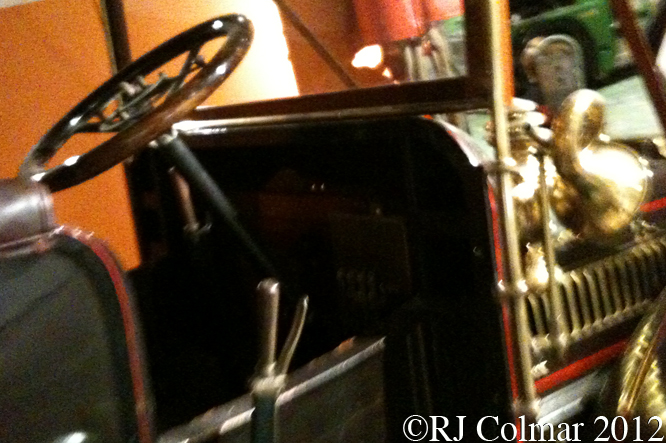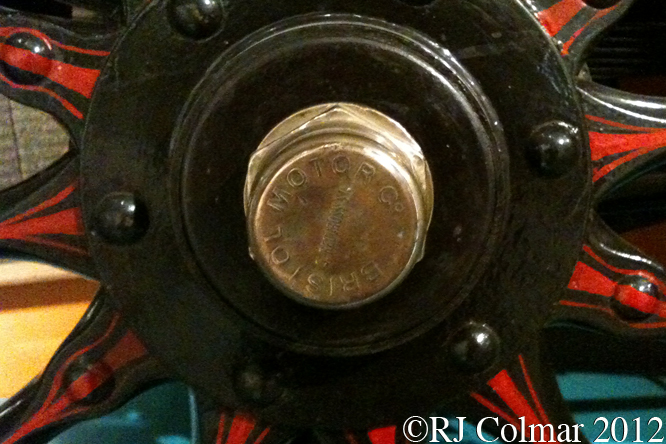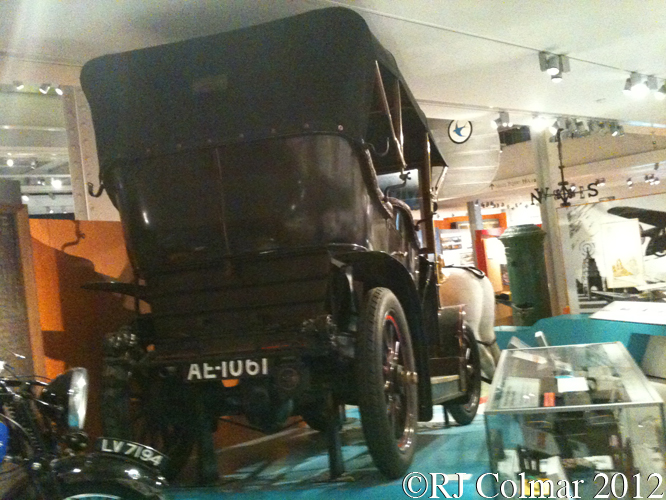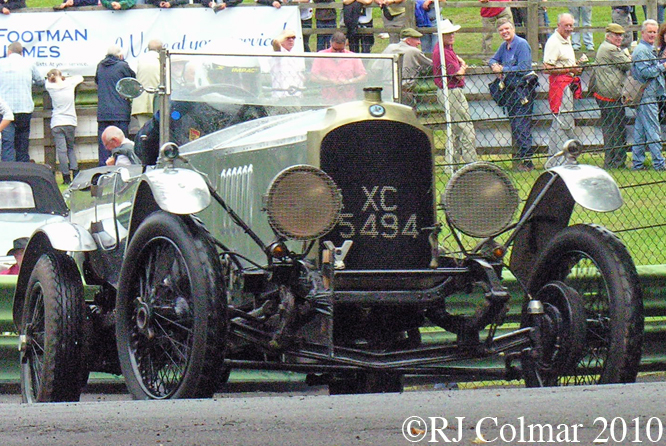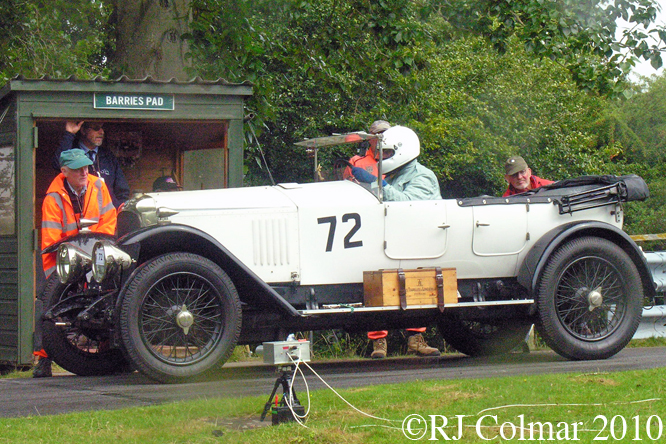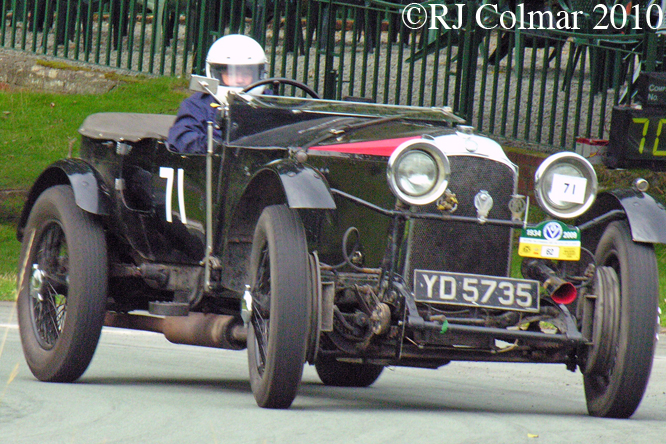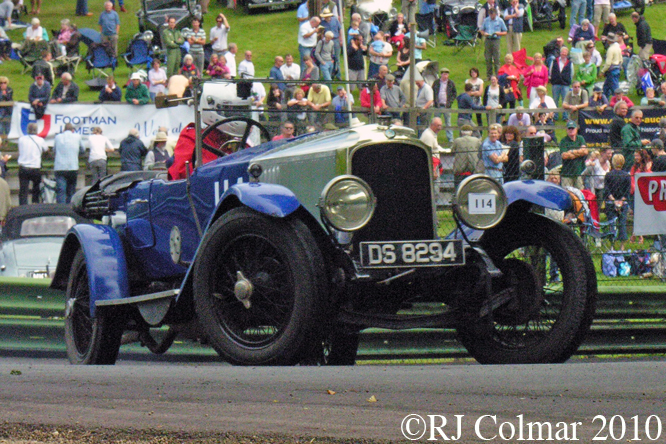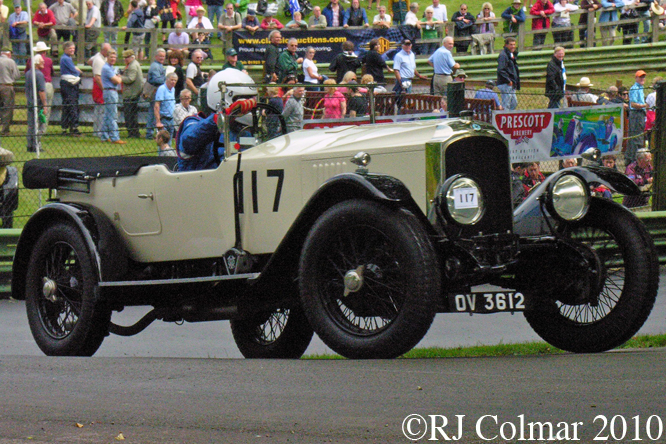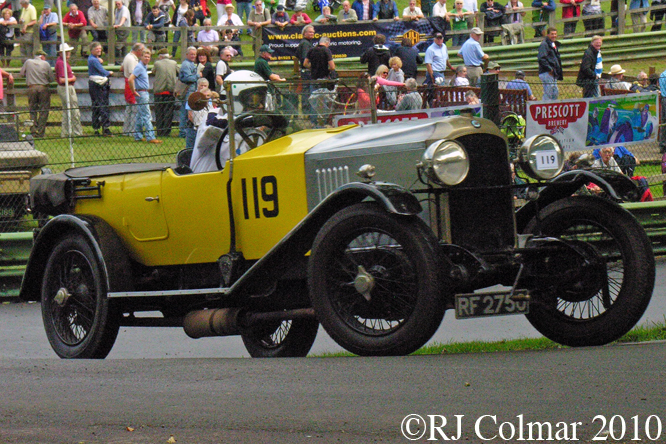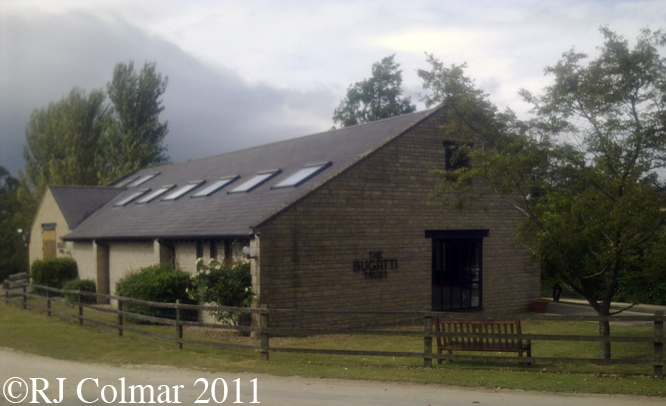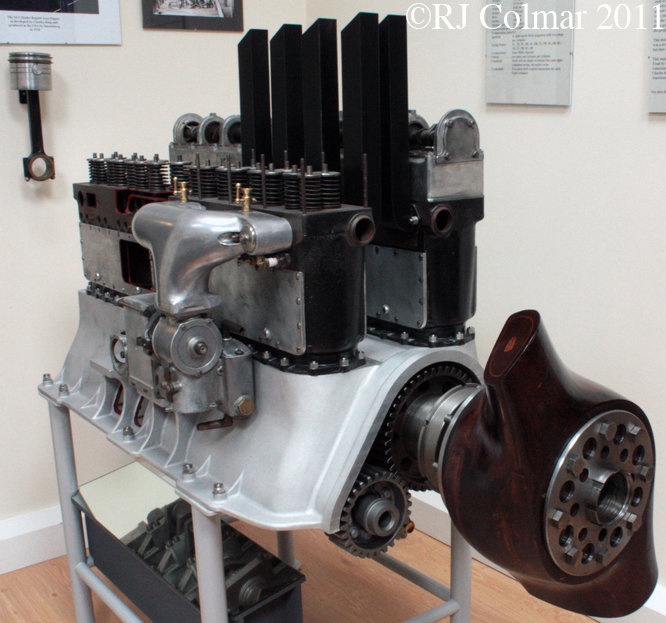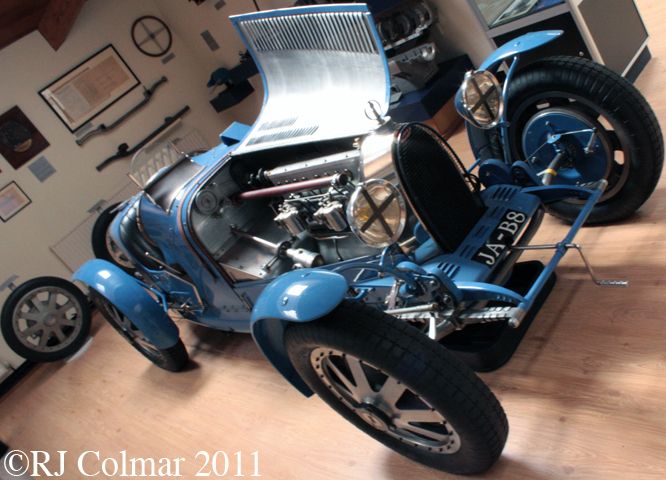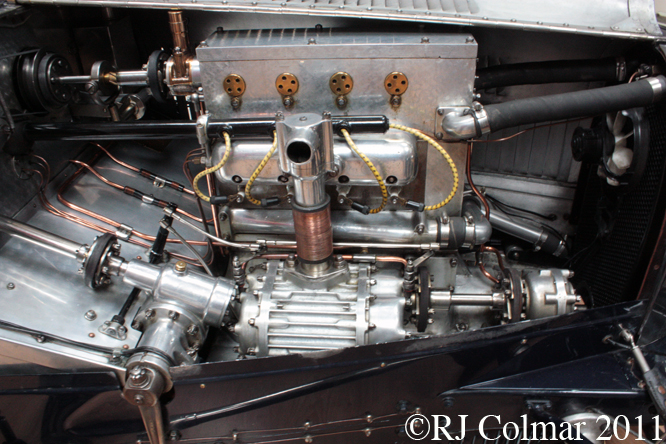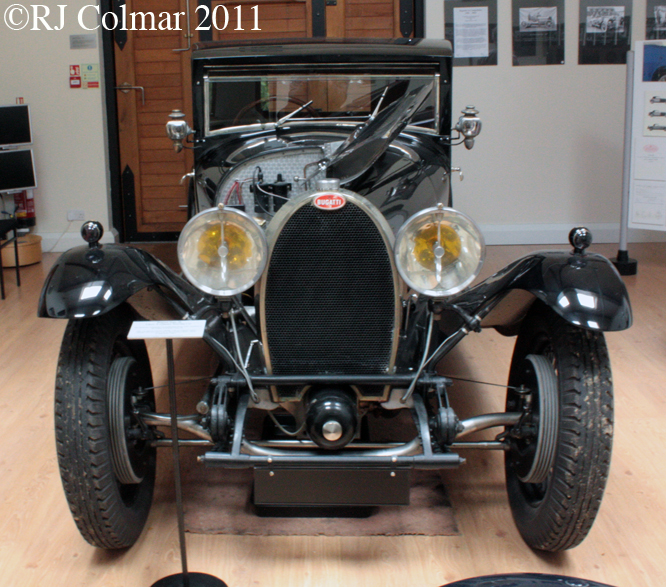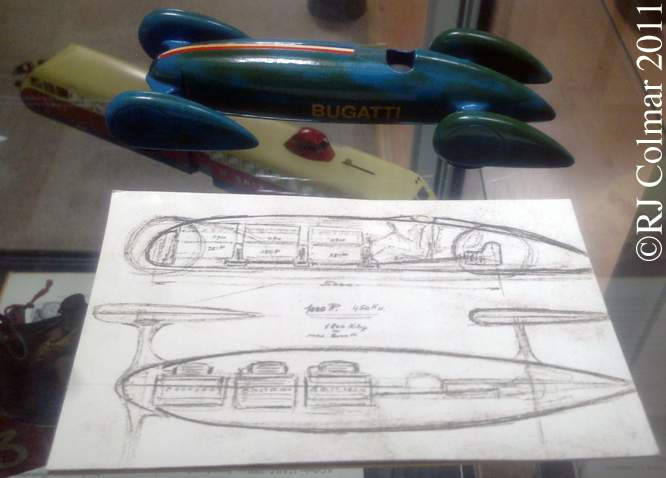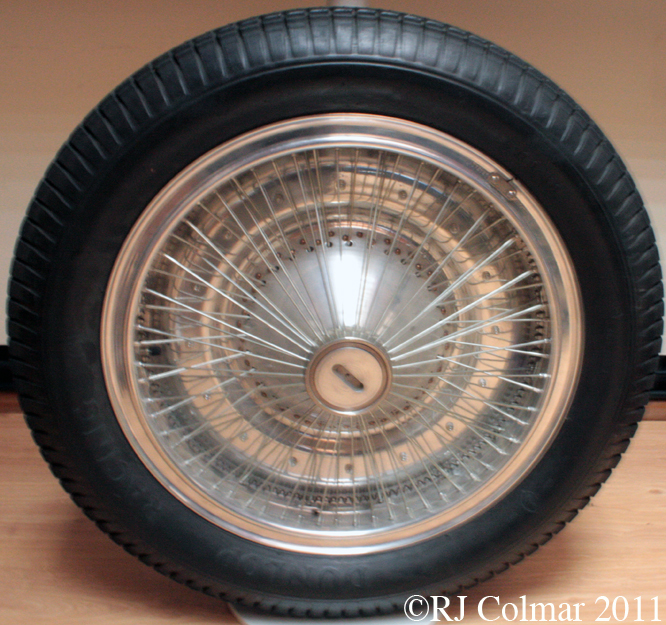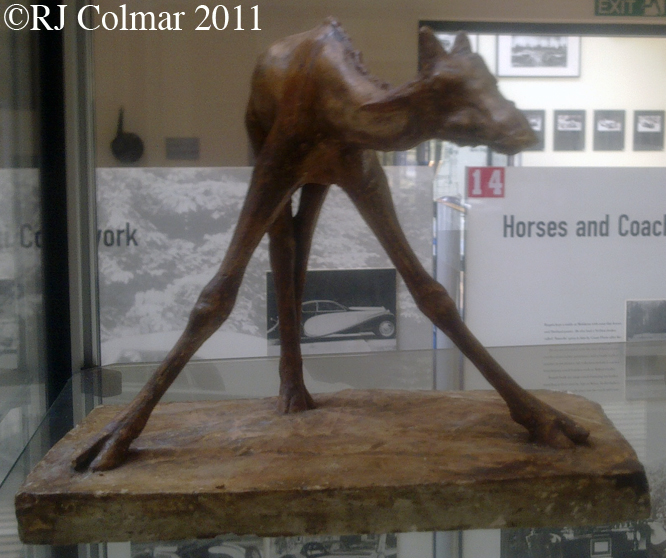Welcome to another Ferrari Friday this week brought to you courtesy of Geoffrey Horton who took today’s photographs at the recent Hillsborough Concours d’Elegance.
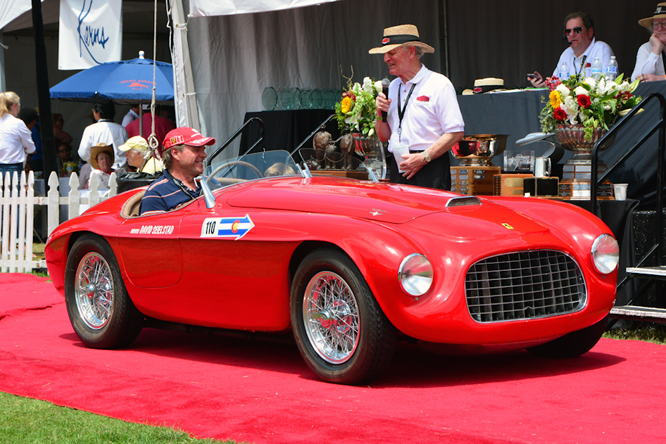
Regular GALPOT readers might remember the 1949 Ferrari 166 MM chassis #0022 M as a Hillsborough regular having appeared there in 2012.
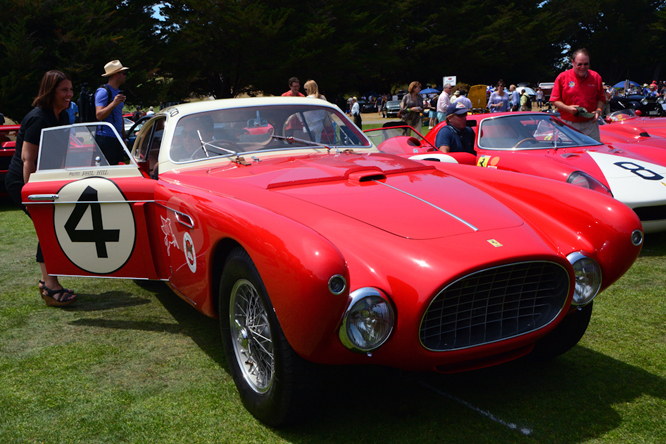
In 1952 Vignale built 3 Berlinetta bodied and one Barchetta bodied Ferrari 340 Mexicos for the Carrera Pan America, above is the first Berlinetta bodied chassis #0222AT which started the 1952 and 1953 events and retired from both.
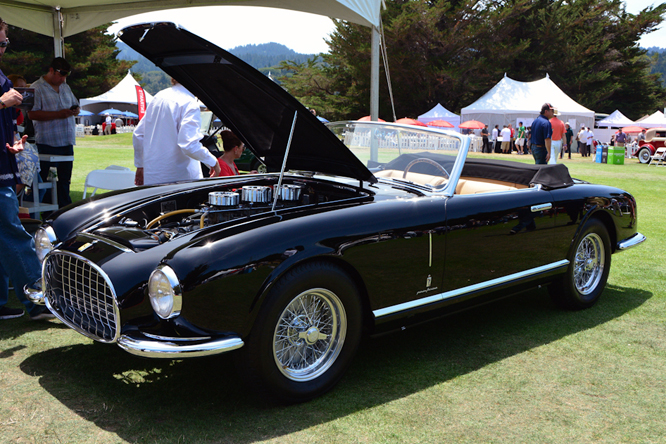
This gorgeous, even in black, Ferrari 342 America with bodywork by Pinin Farina was delivered to King Leopold III. of Belgium in May 1953, he appears to have kept it for only a year or so.
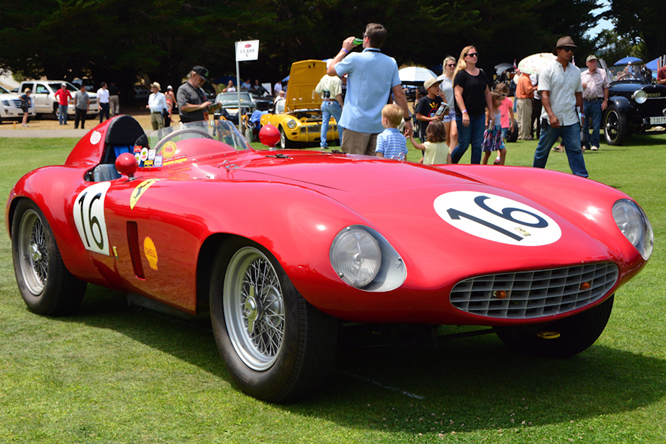
From 1954 this Ferrari 750 Monza chassis #0462MB above was the first to be delivered into private hands and it allegedly ended up being covertly inspected at the Jaguar factory before being sold to Jack Brabham in 1955.
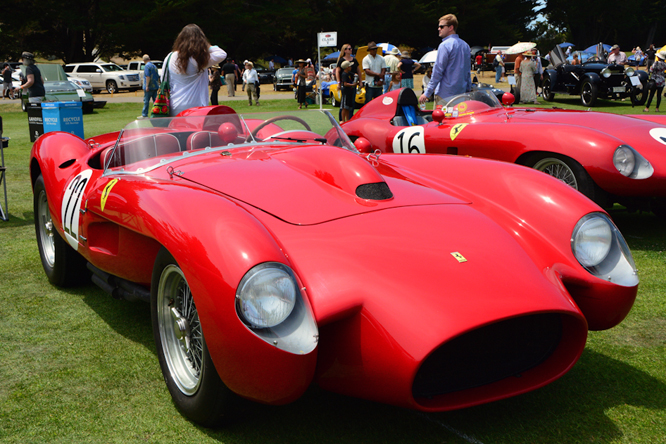
Geoffrey first sent me a photo of this 1958 Testa Rossa chassis #0754 TR in 2009, but I have never heard anyone complain of looking at a Testa Tossa too often.
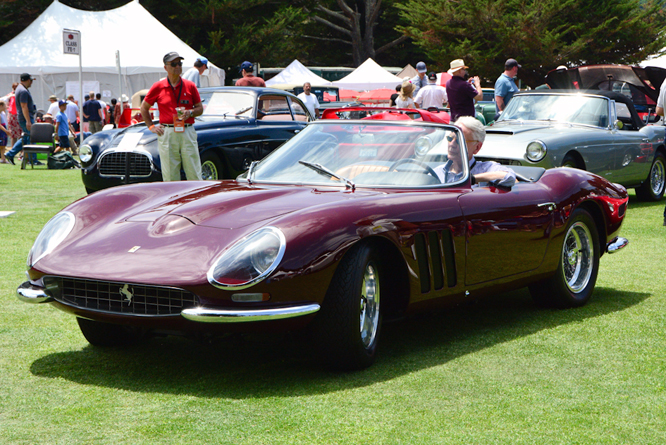
A completely new to me builder of bodies for Ferrari’s is “Nembo” otherwise known as Neri and Bonacini of Modena who built this Spyder body, styled by Californian Tom Meade, on a 1962 Ferrari 250 GT SWB Berlinetta chassis #3771 GT between 1966 and 1968, only two other Ferrari’s received a Nembo body.
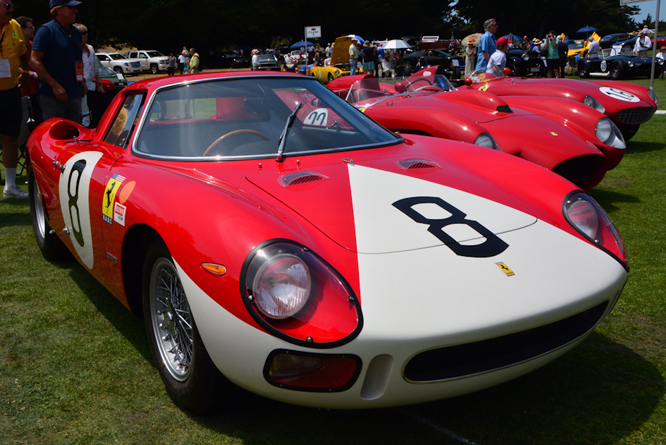
Carrying the #8 it wore at Reims in 1964 for the 12 hour race above is the 1964 Ferrari 250 LM chassis #5909 which was driven to, it’s greatest success on it’s third outing, a 2nd place finish by works drivers John Surtees and Lorenzo Bandini.
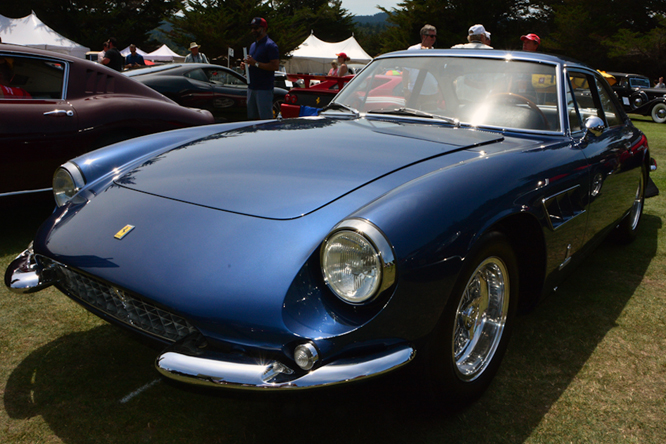
After being taken to the 1966 Brussels Motor Show in Belgium this Ferrari 500 Superfast chassis #8019 was purchased by Judge Samuel Simon Leibowitz, Glen Cove, NY, USA from US dealer Chinetti later the same year, since then I believe it may have had only three other owners.
My thanks to Geoffrey for supplying so many photo’s for future Ferrari Friday blogs.
Thanks for joining me on this “Ferrari Friday” edition of “Gettin’ a li’l psycho on tyres” I hope you will join me again tomorrow when I’ll be visiting Hillsborough for a third time to look at another selection of European Cars at the event. Don’t forget to come back now !


